|

 
Tell us about Couillon
Couillon, the title of my novella, in Cajun loosely translates to a person who lacks sense or judgement – an imbecile, an educated fool, or to be more vulgar, a dumb motherf’er. Couillon is a novel about obsession and its side-effects, and at different points in the story, the main characters (Janice, Brad, and T-Bo) can each be considered a couillon. Each has his/her own lesson to learn, all the hard way. Janice, the story teller, is a naive, sheltered 30-something from one of New Orleans’ old money families. Her mother wants her to marry within her station, but Janice is obsessed with Brad, a young player well below Janice and her mother’s social status. When Janice makes a voodoo doll, Brad becomes the obsessed, and Janice has to grow up fast. She learns that wishes should be well thought out and that dolls ain’t for play.
And T-Bo?
T-Bo, short for Robert Jr., is the catalyst in the story. He’s the man Janice should have been obsessed with instead of Brad. He owns the Couillon Grill and Bar in one of the less than desirable parts of New Orleans, and the man knows how to cook, especially gumbo. Robert Sr. said that anyone dumb enough to try to sell gumbo to Cajuns is a damned couillon, hence the name of T-Bo’s establishment.
And then there’s Antoinette. She’s a voodooienne and the wild card in the story. She doesn’t create the doll, but she does have a great deal of influence over Janice before the story is over.
What genre is this book?
Women’s Fiction, dark Women’s Fiction.
What kind of readers will it appeal to?
That’s a good question. There’s a lot of texture to the story, and I believe that some people enjoy the descriptions, the immersion into the Louisiana excesses in money and food, into the eerie underside of New Orleans with its cities of the dead, while others enjoy the hard, plot-driven side of the story. And then there is the supernatural side, the voodoo, that draws in some people. So considering it is somewhat dark (ok, pretty dark as it involves abuse and, in the end, murder), I was actually surprised that such a breadth of people said they enjoyed it.
How long did it take to write?
The original was a twenty page short story that I wrote for a literary fiction class. Six years later, over the course of about nine months, I expanded and deepened the story to what it is now.
So how many pages is it now?
If Amazon can be trusted, it’s 75 or so printed pages, a little over 27K words.
What was the most challenging part of your creative process?
The actual writing is the hard part for me. No, I take that back. I really enjoy the first several drafts of a story, the world building. I can barf scenes onto the page quite easily because I sit and daydream, because in my head I follow my characters around just waiting for them to do something entertaining or brilliant, until a form of fictional-schizophrenia takes over, until the characters become real enough that they can drive the story. But once I get it down on paper, after the second draft or so, my perfectionist side emerges, making me word-smith it over and over and over again. The editing is hard, especially if/when I have to throw our things that I think are pure genius (ok, when I have to throw out good stuff).
Tell us about yourself.
My name is Nellie Williamson, and I grew up on a farm in Georgia – yep, just a country girl – and I wouldn’t change that for the world. Every kid should have a chance to grow up on a farm. And even though I now live in Seattle, I still have a deep affinity with the South and its culture, with its mystery and lore, with its seedy side and with its virtues and authenticity. Still, I had to find a job because corporate farms are taking over America.
So, as of today, I’m fifty-three years old, currently working as a high level computer geek – think IT architecture. After years consulting, sometimes on the road fifty weeks out of the year, I needed a creative outlet. So I started writing. I guess it’s only natural as my Granny was a fine story-teller.
I’ve taken Literary and Pop Fiction classes and attended retreats. I was also a finalist this year in the Pacific Northwest Writers’ Association contest in the mainstream category. Sadly, I did not win. But at the Maui Writers’ Retreat, I did win the worst first line contest. It goes like this:
“As he slumped to the floor, as his life force drained like partially congealed cherry Jello in a hair clogged sink from the bullet wound in his Santa-esk bowl-full-of jelly gut, Joel thought that if he had only known this was the last day of his life, he would have most certainly done something more interesting instead of wasting what precious little time he had left lying like a beached gray whale—not a killer whale because they were just too aggressive—on the sofa licking Cheeto-dust from his fingers and watching re-runs of the original Star Trek series—not the Next Generation because he was a purist after all and had seen this particular episode nearly a hundred times—and pondering whether Captain Kirk was the father of all the English speaking species in the universe, but then again, it was a really good episode.”
A competition to write the worst opening sentence? Do you want to be bragging about that? Is the opening line of Couillon better?
Oh, hell yes. (Can I say hell?) Anyway, hell yes, to both. Or at least I think so. In response to the bragging comment, it’s hard to write something that bad. And it was a contest. As you may have noticed with the worst first sentence, I went to the Bill Faulkner school of writing. The first sentence of Couillon is tiny in comparison.
But how about I let you decide which is worst. Here’s the first paragraph from Couillon:
“The stupide tourists having a picnic in the cemetery rouse me from my solitude, from my daydreams and memories. When next I visit, there’ll be another set looking much the same, what with their cheap plastic beads and blistered faces. I squirm around until I get comfortable again leaning against the oven vault’s wall, the bricks warming my back while the wall’s shade shields me from the late afternoon heat. The tourists come in droves to gawk at our cities of the dead or to look for Marie Laveau’s tomb, to take pictures and tell each other ghoulish stories until they giggle with fear or shiver with morbid delight. They’re not the least bit interested in the factual stories entombed with the population of New Orleans’ necropolises.”
One last thing,and it’s just a warning for anyone looking for a perky-romancy-type main character, Janice isn’t the most lovable of protagonists. You’ll just want to slap her at times, but you do come to understand why she’s the way she is. On the other hand, I believe she has the ability to motivate readers to find out what happens, but then again, I created her; so you can’t exactly trust my opinion. A friend of mine. Ted Henkle, did a review of Couillon on his Stern-Rake Studio blog. He said it better than I can: “While I don’t consider the protagonist, Janice, very high on the “likability scale,” I grew to understand the motives behind her actions throughout the story. Sara crafted a haunting, descriptive and clever tale, starting with the title–Couillon (pronounced “KOO-YOn”), which means fool, dupe and/or several other desparaging monikers. In reading the story I discovered more layers and applications for this aptly-chose, one-word title.”
Have you got a blog where readers can keep up with your work?
Why, yes, I do. Thanks for asking. It’s called “With that Said: on becoming an author“, I also have a FB page. (BTW, I published Couillon under the name Sara Stark.)
Where can we buy your book?
On Amazon ( US, UK). And on Smashwords.
What’s next?
I have a novel written. Despite advice to the contrary, I want to call it Counting Crows: the novel, as one of its main motifs is a counting rhyme based on crows. (No, silly people, it’s not about the band. If it was I would call it Counting Crows: the band). It is a women’s fiction novel about a family of hedge witches (not urban fantasy, real wise women witches) who live outside of Savannah, Georgia. The protagonist, Maggie MacAllister, doesn’t believe in witchcraft, even though it’s part of her heritage. The story details her struggles with local opinion, with the gossip and attitudes prevalent in a small town, as she faces that she is a witch and in love with a younger man.
An agent has requested the full manuscript. So I’m waiting to see how that turns out. I am currently writing a second novel, that so far has no magical themes and is based in Seattle. Yes, it is way out of my comfort zone.
 
|




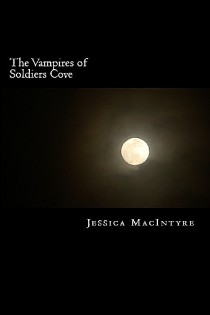
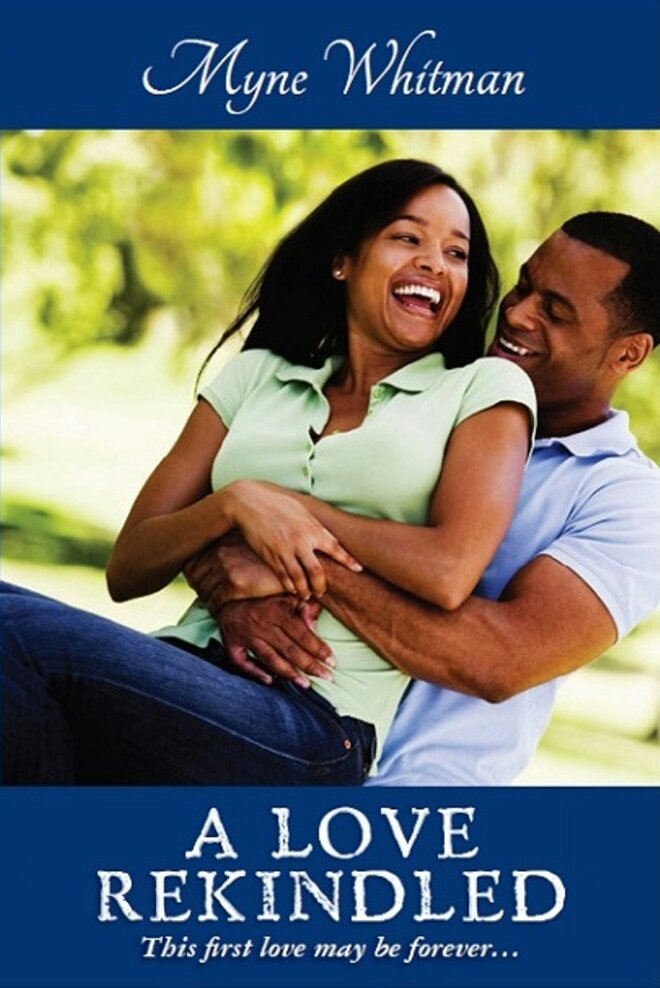
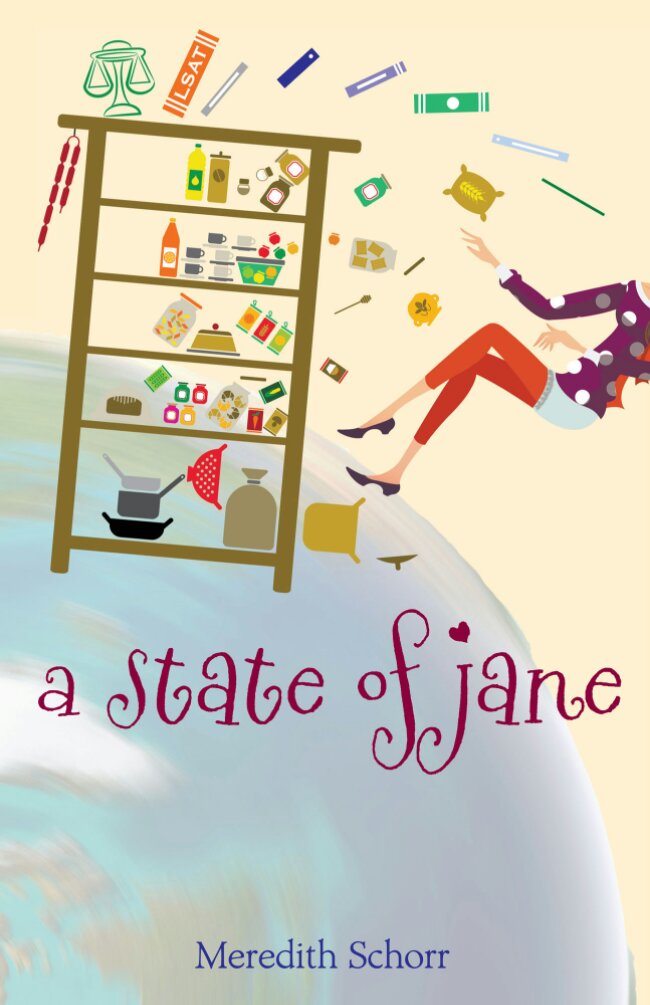
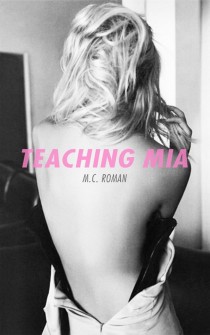
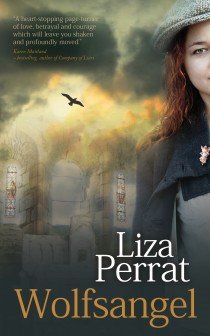
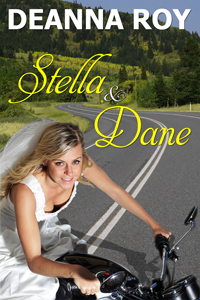
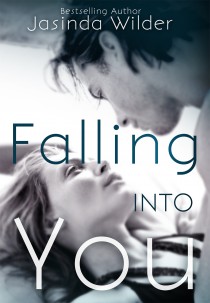
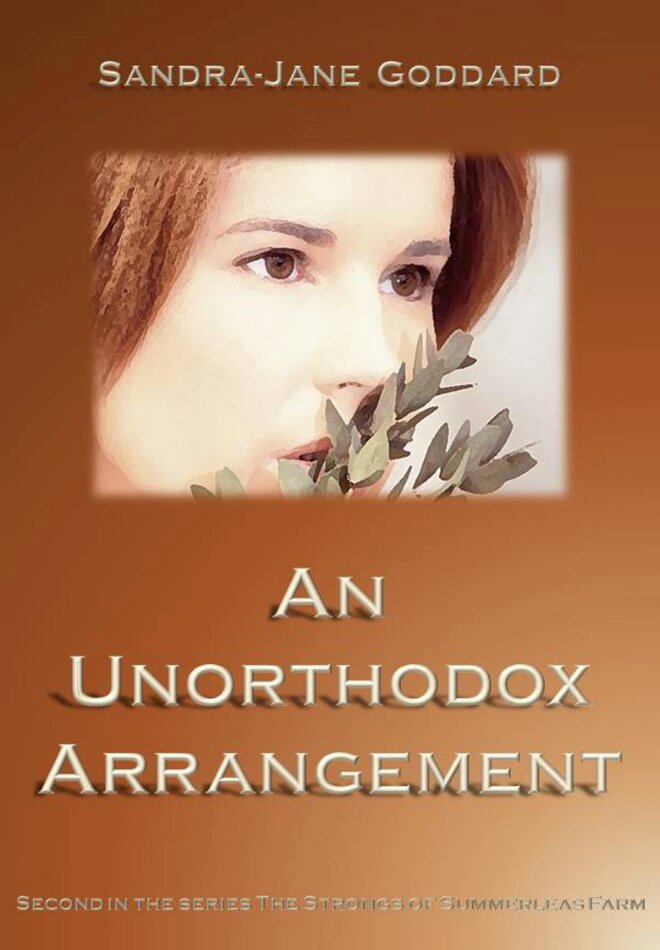
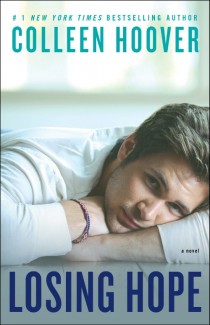
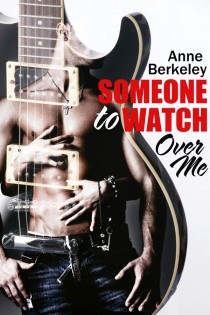

Pingback: Top 10 books: Week ending 25 January, 2013 « Indie Author Land
Pingback: Top 10 books: Week ending 25 January, 2013 | Indie Author Land